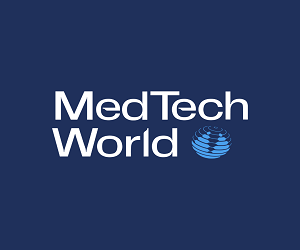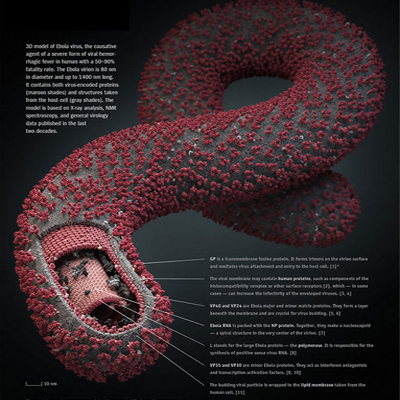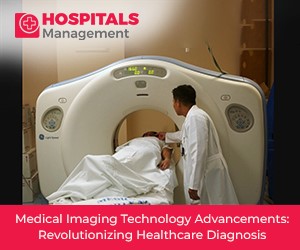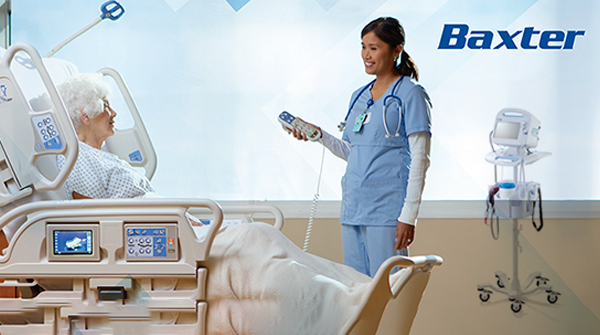National Healthcare Reforms Can Speed Digital Transformation and Benefit Hospitals

Asian healthcare providers are rapidly digitizing. But getting health information systems to connect and speak the same language so that they understand each other has been lagging and, as a result, hospitals and their patients are missing out on the benefits.
That is now starting to change. Powered by the latest HL7® FHIR® health data sharing standard, which works over the Internet, governments are moving to turn things around. Using FHIR, Indonesia is driving digital transformation by developing a national integrated health data exchange platform called SATUSEHAT.
Indonesia’s Health Ministry launched the SATUSEHAT platform in 2022 to deliver on the country’s health technology strategy. It removes the burden of patients taking their records to appointments, reducing the potential for duplicate testing and other wasted efforts. SATUSEHAT aims to improve Indonesia’s population health and genomics capabilities and provide deep insights through large-scale data analytics to streamline service delivery.
However, SATUSEHAT and similar digital healthcare reforms encounter various challenges. Solutions to these challenges were explored in a recent HIMSS Indonesian Digital Transformation Symposium panel discussion on digital hospital transformation in which I participated.
InterSystems has been helping Asian hospitals to transform for over 20 years. We are best known for the TrakCare electronic medical record (EMR) system, which helps to protect patient safety and improve patient experience at many leading private hospitals. Over the same period, we have invested in advanced interoperability and data standardization technologies that underpin large-scale healthcare transformations worldwide. They also underpin TrakCare, making it arguably one of the most interoperable EMRs in the global market.
Based on this experience, we see four main challenges to healthcare transformation: low levels of digital maturity, infrastructure and data management limitations, the need to generate a return on investment, and the resourcing of change management. But all of them can be overcome if tackled the right way.
Low levels of digital maturity
Transitioning from paper-based systems to a digital environment is a significant leap. This is where the HIMSS Electronic Medical Record Adoption Model (EMRAM) comes in. It provides hospitals with a clear roadmap and framework to assess their digital maturity and identify areas for improvement.
Digital transformation should not be about implementing technology for technology’s sake. EMRAM is a tool that helps technology providers like InterSystems work closely with hospitals to map their transformation journey and align it with business and clinical outcomes. InterSystems has invested in becoming a member of the HIMSS Digital Health Technology Partner program so that we maintain expertise to guide hospitals effectively.
EMRAM also plays a role in national healthcare reforms like Indonesia’s. For healthcare providers, it should not be about compliance for compliance’s sake either. In addition to benefiting the country as a whole, any investments they make should benefit the hospital or clinic and their patients while establishing a foundation for success in a rapidly maturing digital healthcare landscape.
Infrastructure and data management
Improving digital maturity involves not only EMR and other healthcare information systems but also the supporting infrastructure. There may be limitations, such as outdated computers or medical instruments that are not FHIR-enabled or supportive of mobile uses.
While computers or medical instruments can be replaced or upgraded, enabling systems to talk to and understand each other is more complex. Even if the systems use FHIR – as Indonesia’s SATUSEHAT does – many hospitals will need to invest in healthcare data platforms to enable true, scalable systems interoperability and improve data quality.
For example, the InterSystems IRIS for Health™ data platform for Indonesia meets the government’s interoperability and data quality requirements for SATUSEHAT, which securely captures standardized patient data from healthcare providers using FHIR.
InterSystems IRIS for Health captures, maps, transforms, and routes cleansed health data to SATUSEHAT, then validates the delivery for peace of mind. It does the heavy lifting to simplify and streamline a potentially resource-intensive and complex process. It can apply the correct medical terminology, for example, SNOMED CT®, so health data is clean and ready to be shared and used.
Generating a return on investment
Delivering a return on investment is also critical. Instead of seeing digital healthcare reform as a compliance issue, we see it as an opportunity for progressive healthcare organizations to unlock the power of their data. For example, as Indonesian hospitals invest in connecting to SATUSEHAT and sharing clean, standardized data, we believe they can generate a return on investment for their organization and their patients.
For example, in addition to enabling SATUSEHAT compliance, InterSystems IRIS for Health creates a repository of clean, normalized FHIR data so healthcare providers can perform advanced analytics. They can connect the repository to medical devices, smart watches, mobile apps, insurance systems, and other data sources via FHIR. Using their preferred data analytics solutions, hospitals can gain actionable insights to improve patient care, experience, and engagement and streamline their operations.
Resourcing change management
Change management is critical to any digital transformation initiative and must be properly resourced. Not only is it an EMRAM requirement, but it is essential for effective communication and education to users.
It is important to work with the chosen solution, not against it, and ensure that workflows are best aligned with the current processes. Not every process will align perfectly. Changes in clinical workflows may be required to avoid system customization and the technical debt that comes with it.
We recommend that hospitals train superusers from each department who can actively engage with other end-users, especially medical specialists, during implementation. Providers should acknowledge the impact on clinicians but emphasize the benefits of the change rather than the change itself.
By actively addressing these challenges and working closely with their digital technology providers, hospitals can participate in national healthcare reforms like Indonesia’s SATUSEHAT, and improve their clinical and business outcomes at the same time.

About: Dr. Danny Wahyudi - Healthcare Application Specialist, InterSystems
Dr. Danny Wahyudi Is a Healthcare Application Specialist at InterSystems, providing expert advice and support to the growing number of Indonesian healthcare providers using the InterSystems TrakCare electronic medical record system and IRIS for Health data platform. Dr. Wahyudi works closely with providers to understand their clinical processes and to configure systems that meet their requirements. After graduating in Medicine from Universitas Gadjah Mada, Dr. Wahyudi joined the Prima Medika Hospital in Bali as a doctor in the emergency room and outpatient clinics. Before joining InterSystems, Dr. Wahyudi was a Scientist for Sysmex Asia Pacific, a provider of clinical diagnostic testing and health information technology products and services.







